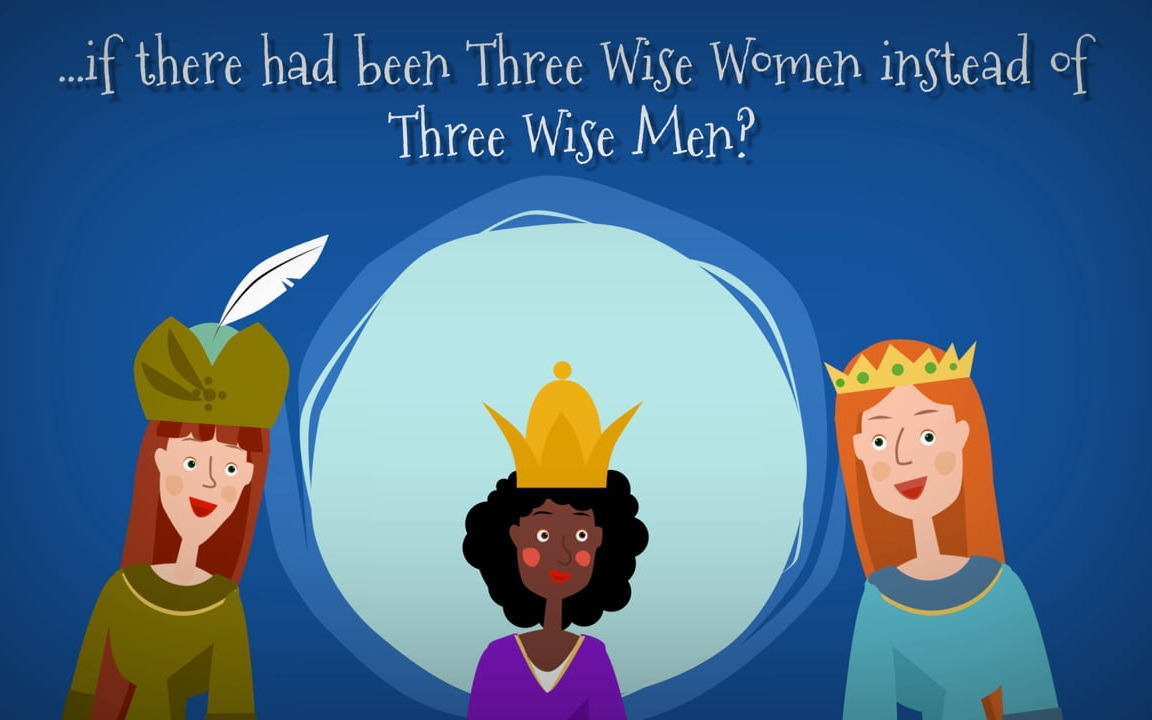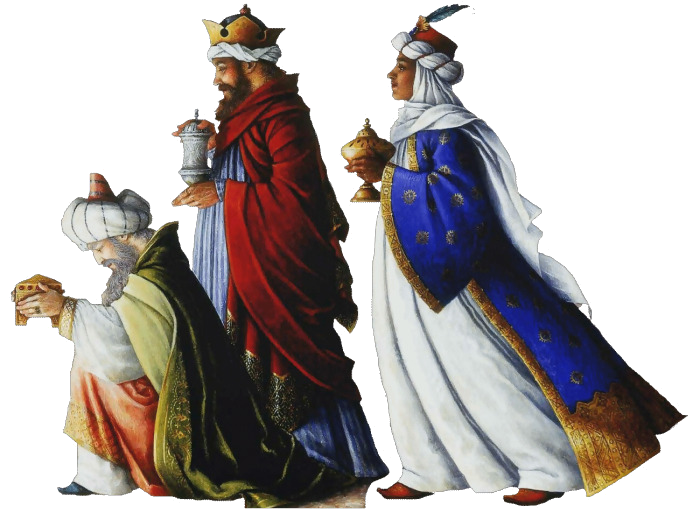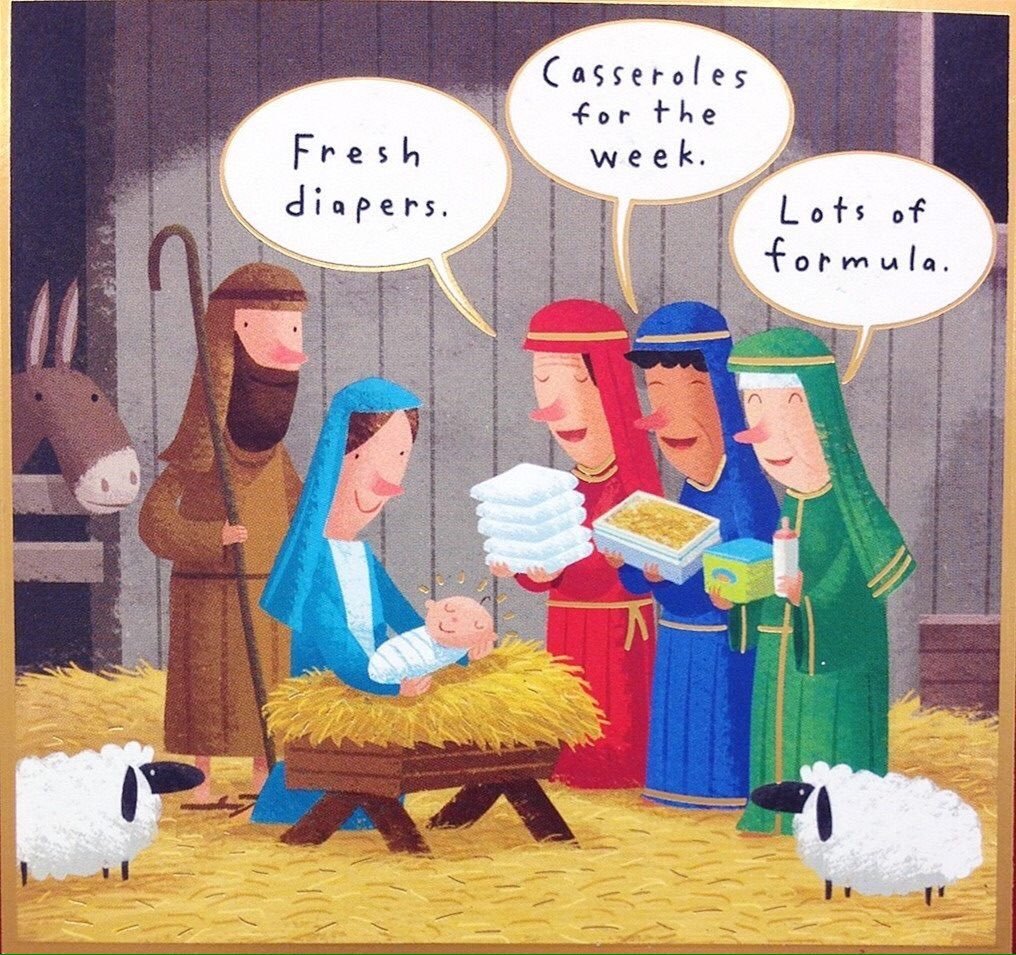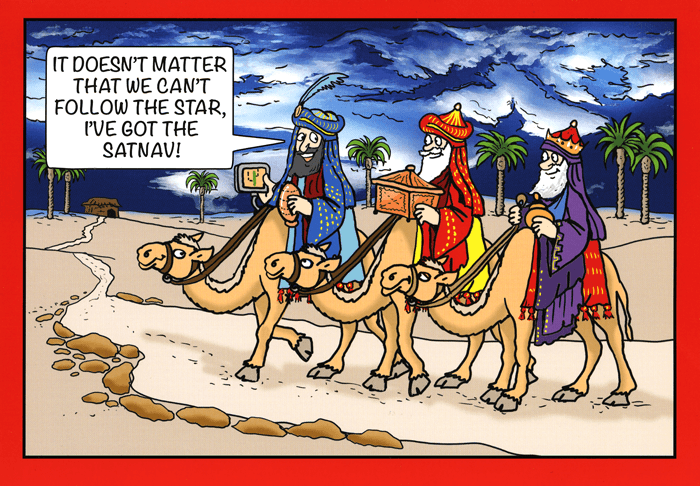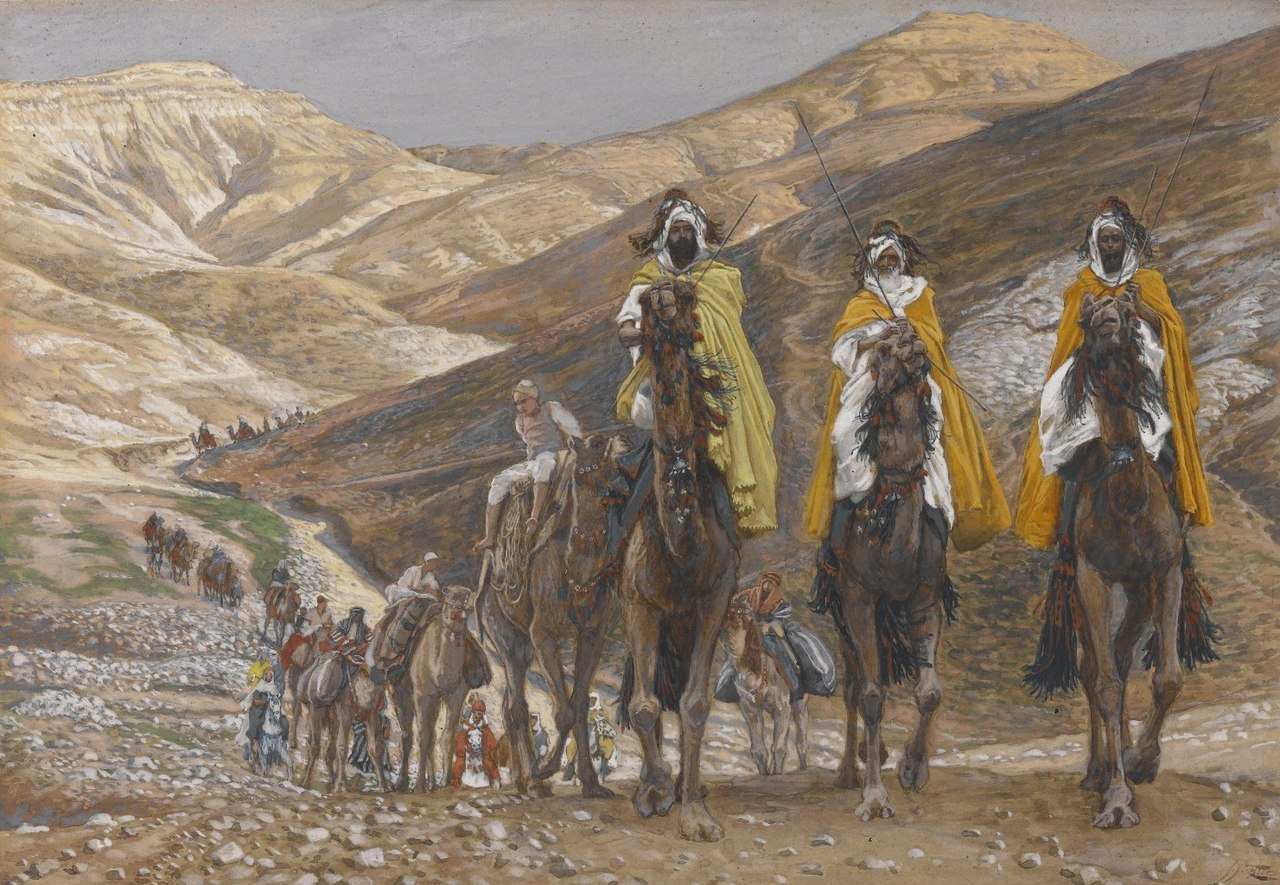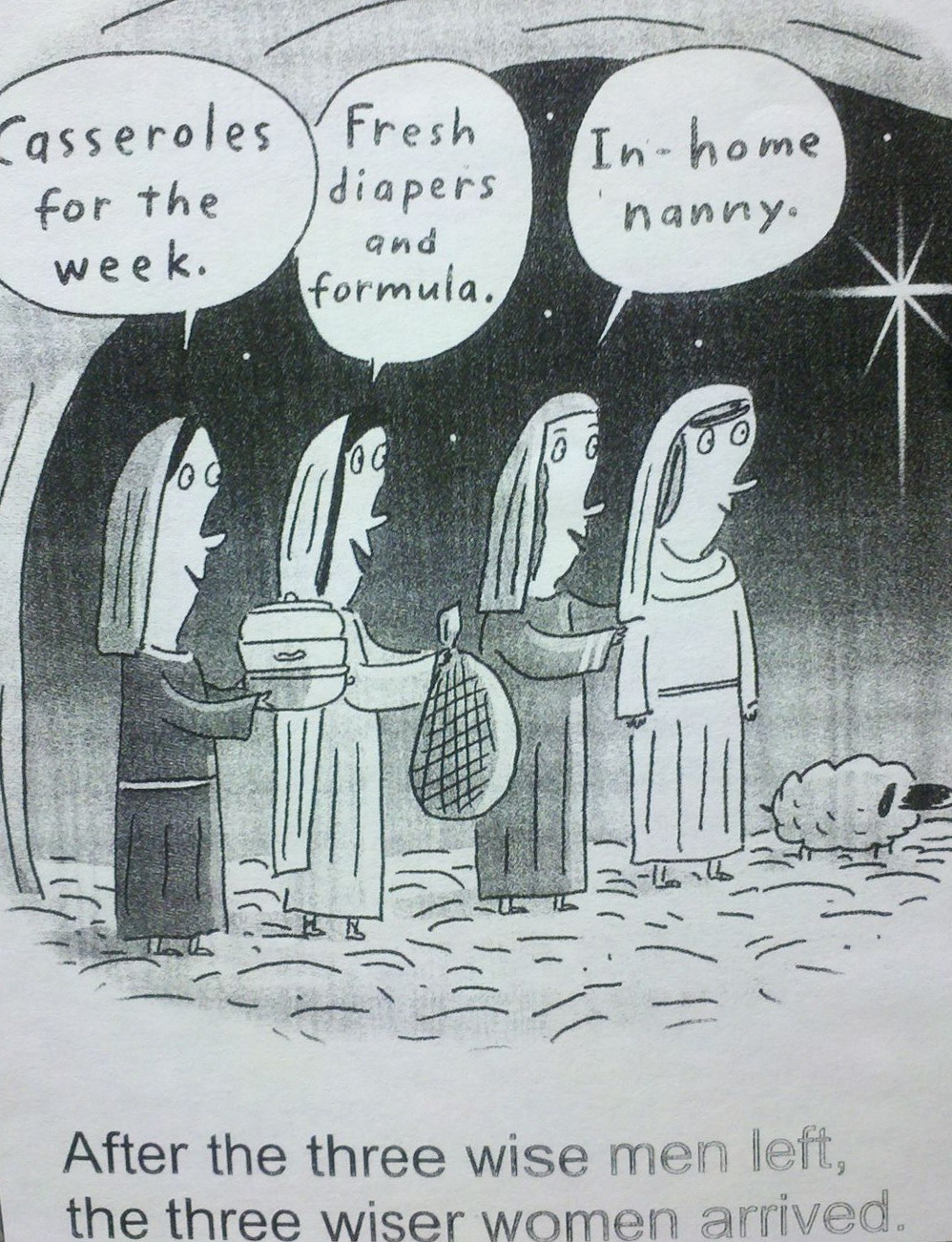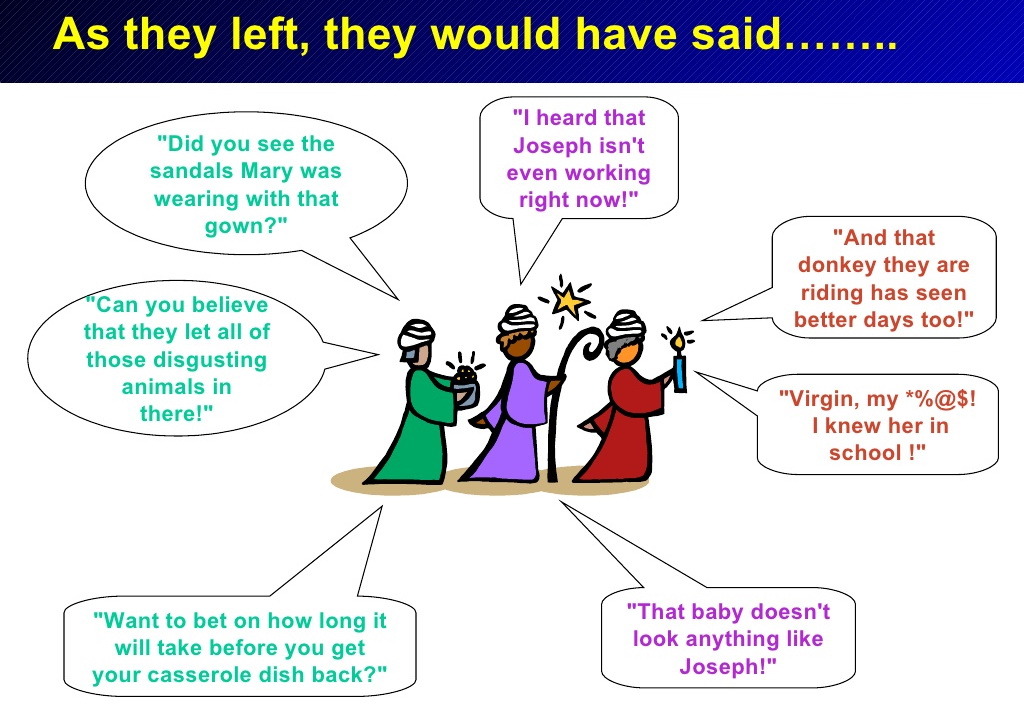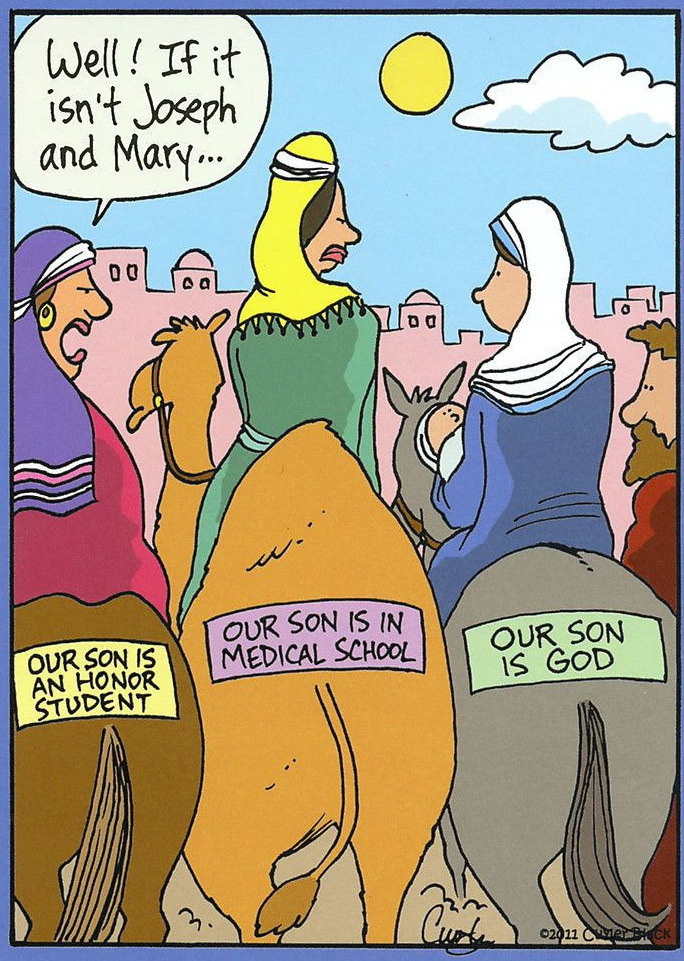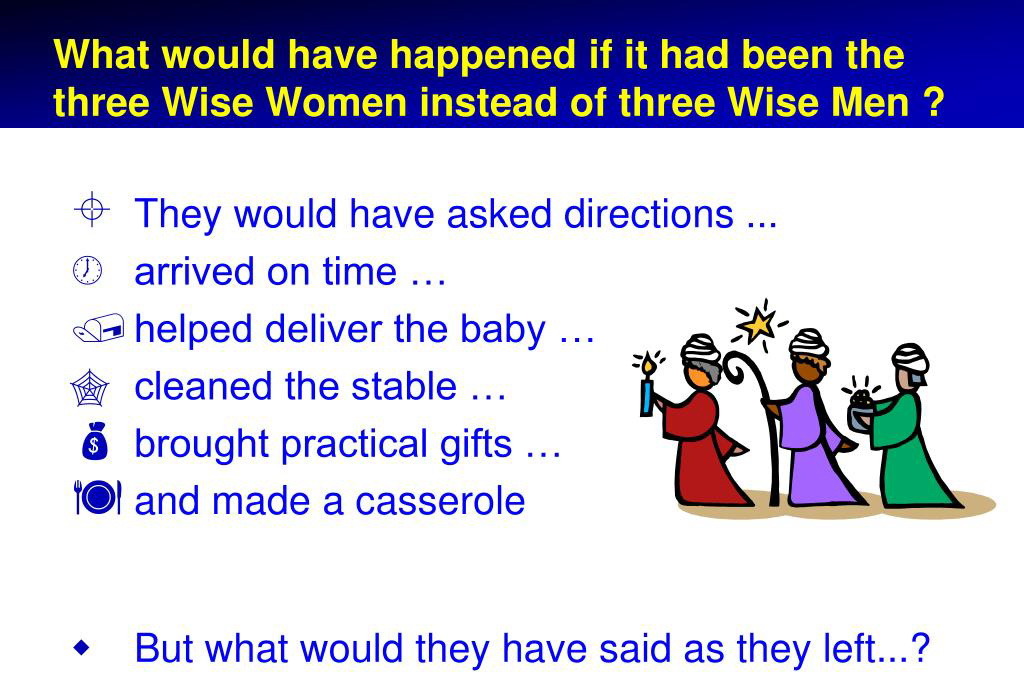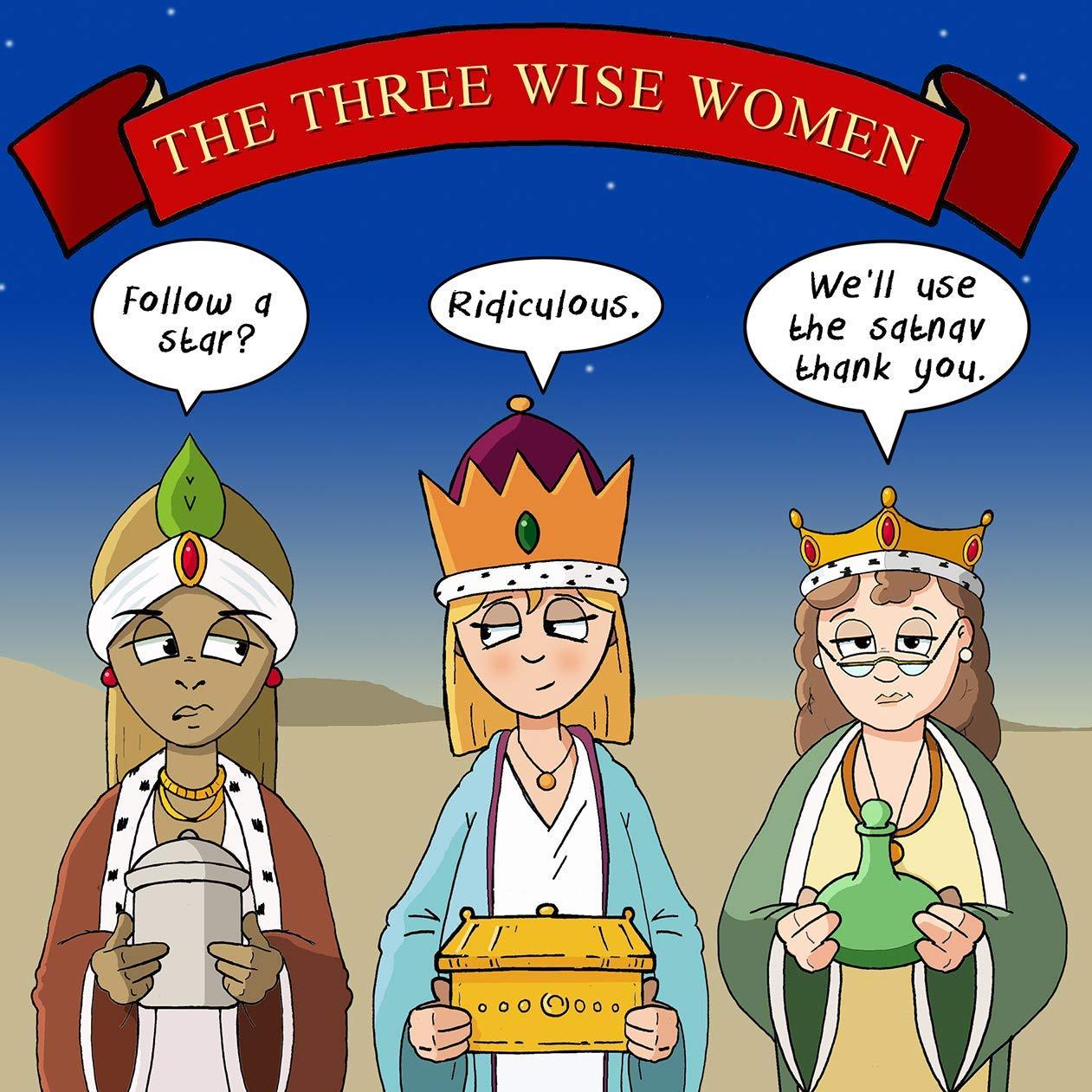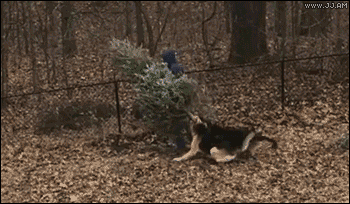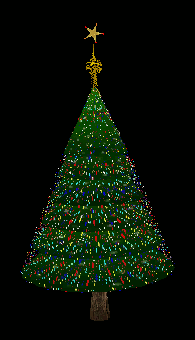New Year’s Resolutions
to Make for Your Pet
With January fast approaching, our thoughts have turned to New Year’s resolutions for ourselves – and our pets. If you don’t have any healthy goals for your pet yet, you may want to read the article below by Dr. Justine Lee, a regular contributor to petMD’s blog, The Daily Vet. It’s filled with simple suggestions that could make a big difference in your pet’s health in the coming year. Dr. Lee writes…
Pets love us unconditionally and seem to ignore all our faults, stress-attacks, and bad moods. And they make us better people. So, it’s our responsibility as pet owners to afford our dogs and cats (AKA, family members) the emotional, financial and physical attention that they need — to make sure we’re providing an environment that is healthy, safe, and mentally stimulating to them. As a small token of appreciation to our loyal four-legged friends, here are five simple, veterinary-recommended pet resolutions we should all stick to in 2013.

1. Cut out 30% of the food
Loving your pet doesn’t mean feeding it more. In fact, your actions may reflect otherwise. I generally consider obese pets to be poorly cared for and studies have proven it — the skinnier your dog, the longer he lives. On average, you can extend your dog’s life by almost two years1 by just cutting out the calories. The same is likely true for humans (and cats!) too. Being that an estimated 40-70 percent of pets in the U.S. are overweight or obese, I can recommend to almost all of you to cut back on 30 percent of the pet food right now.
First, use a measuring cup when scooping out your pet’s dinner, so you know just how many calories you’re serving, and when in doubt, cut back on the snacks and table scraps. Find low-fat, high-fiber snacks to make your pet feel more full. Canned pumpkin, green beans, carrots, and low-salt, low-butter popcorn are great places to start. Finally, consider switching to a senior pet food, even if your pet hasn’t technically fallen into that age category yet. It’ll contain more fiber and bulk. So yes, he’ll poop more, but he’ll shed more weight too!
2. Take an extra walk around the block

After a long stressful day, the last thing you may want to do is take your dog on a time-sucking walk or run, but it’s important for you and your pet’s health. Take the extra ten minutes out of your day to take another loop around the block. For you cat owners, use a timer and laser pointer and dedicate a whopping five minutes of exercise time once a week with your cat. It doesn’t sound like much time, but it’ll help your cat to slowly shed the pounds. When you exercise with your pet, you release natural endorphins while burning calories, and it’s a great way for both of you to feel better.
3. Start a pet savings account
If you can’t afford — or haven’t had time to research — pet insurance, do the next best thing: Start a savings account for your pet, and don’t dip into it unless it’s for a pet emergency. Simply saving a dollar a day will help pay for those middle-of-the-night emergencies — which are costly — and as your pet ages, the more you need to potentially save. For each year after your pet's tenth birthday, set aside (and save) that amount each week toward his or her health care needs (e.g., $11/week for an eleven-year-old dog, and so on).
4. Skip the vaccines this year
Never thought you’d hear a vet say this, right? As your pet ages, he or she needs less vaccines — typically only those that are required by law. Instead, save the money for blood work, which evaluates your pet’s kidney, liver and thyroid function, and white and red blood cells. The sooner you do this, the sooner you can detect metabolic problems (like kidney failure or diabetes), and the sooner you can treat them. Talk to your vet about making this switch.
5. Splurge on a good toy
If you can’t afford doggy day care or a dog walker, splurge on a good toy for your pet instead. Environmental enrichment (i.e., prevention from getting bored at home) is important for all species. For dogs, a treat-stuffed toy may provide hours of entertainment (just make sure to cut back on the dog food since you’re providing more calories this way!), while for cats, a sisal scratching post, feather on a string, or a laser pointer (human required) is a must. I also love cat window rests, so your cat can enjoy the great outdoors from the safety of inside.Sound simple? Then let’s stick to these five resolutions … not just for our sake, but for our pets.
What Resolutions did You make for Your Pet this Year?
If you are a Dog owner,
consider adding the following Resolutions to your List this Year.
1. Spend more time training your dog. Old dogs can learn new tricks. The trick is to spend a sufficient enough time working together and training your dog. Schedule some time, about ten minutes a day, to train and work with your dog to teach him commands and tricks. Your bond will be stronger and your dog will be better behaved.
2. Reevaluate dog food choices. Read the label. Make sure the first ingredient is real meat and there are some other real ingredients on the list.

3. Spend more time playing with your dog. Get down on the floor and play with your pet. You might be surprised how much stronger your bond will be by simply playing with your dog for five solid minutes every now and then.
4. Take more responsibility for your dog. It is not usually the dog’s fault if he has an accident in the house. A housebroken dog usually tries to get your attention and hold it as long as possible. However, he can only hold it so long. Make sure to pay attention to these signs to minimize accidents.
5. Learn from your dog. Dogs are always happy to see you, no matter what you said or did before you left the house this morning. Learn to forget and move on, like your dog. Dogs live by instinct. Learn to trust your gut more.

A dog can communicate withot speaking our language.
Learn how express yourself better through body language and by your actions rather than relying on words so much.
6. Get organized. This year, take some time to organize all of your pet’s information. Locate all of her medical records, tags, and any other information that is important. Schedule vet appointments, renew your dog’s license, and make sure all immunizations are up to date.
7. Take longer walks. By getting outside and taking longer walks with your dog, you will not only be improving your dog’s health, but your own as well. Not to mention, you may make some new friends, meet new neighbors, and bond with your companion more.
